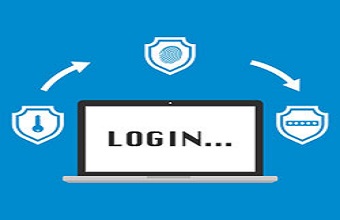In an era where cyber threats are omnipresent, the quest for robust digital security measures is relentless. Among the various tools available, One-Time Passwords (OTP) stand out as a crucial mechanism to secure online interactions and sensitive data. This article delves into the concept of OTPs, their operational framework, benefits, and future potential in enhancing cybersecurity.
Understanding One-Time Passwords (OTP)
One-Time Passwords (OTPs) are unique, temporary codes used for authenticating a single transaction or login session. Unlike static passwords that remain the same until manually changed, OTPs are dynamically generated and have a limited validity period. This characteristic makes them highly effective in mitigating risks associated with password theft and replay attacks.

How OTPs Work
The process of using an OTP involves several steps that ensure security and user convenience:
- Initiation: The user initiates a login or transaction request on a secure platform.
- Generation: The system generates a unique OTP using a cryptographic algorithm.
- Delivery: The OTP is delivered to the user through a pre-selected channel (SMS, email, mobile app).
- Entry: The user enters the OTP into the system.
- Verification: The system verifies the OTP, and if it is correct and within the validity period, access is granted.
Methods of OTP Delivery
OTPs can be delivered through various methods, each with distinct advantages:
- SMS-Based OTP: The OTP is sent via SMS to the user’s registered mobile number. This method is popular due to its simplicity and accessibility.
- Email-Based OTP: The OTP is sent to the user’s registered email address. It is beneficial for users who may not have immediate access to their mobile phones.
- App-Based OTP: Mobile applications like Google Authenticator, Microsoft Authenticator, or Authy generate OTPs on the user’s device. These apps provide enhanced security and can function offline.
- Hardware Tokens: Physical devices generate OTPs, often used in high-security environments such as banking and corporate networks.

Advantages of Using OTPs
- Enhanced Security: The temporary nature of OTPs makes them highly resistant to password theft and replay attacks.
- Phishing Protection: Even if an attacker intercepts an OTP, it is typically unusable after its brief validity period.
- User-Friendly: OTPs are straightforward for users, especially when integrated with mobile apps that streamline the authentication process.
Challenges of OTP Implementation
While OTPs offer significant security benefits, they also present certain challenges:
- Delivery Delays: OTPs sent via SMS or email can sometimes be delayed, causing inconvenience.
- Dependency on Mobile Devices: Users need access to their mobile devices to receive OTPs, which may not always be feasible.
- Social Engineering Threats: Attackers can employ sophisticated phishing tactics to trick users into revealing their OTPs.
The Future of OTPs in Cybersecurity
As digital threats continue to evolve, so too must our defense mechanisms. OTPs are an integral part of multi-factor authentication (MFA) strategies, providing an additional layer of security beyond traditional passwords. The future may see OTPs being combined with biometric verification and other advanced technologies to create even more secure authentication systems.
Conclusion
One-Time Passwords (OTPs) are a vital component in the fight against cyber threats, offering a dynamic and temporary solution for secure authentication. By incorporating OTPs into their security frameworks, organizations can significantly enhance the protection of sensitive data and transactions. As technology and cyber threats continue to evolve, OTPs will remain a key element in the arsenal of cybersecurity measures, adapting and improving to meet new challenges.

